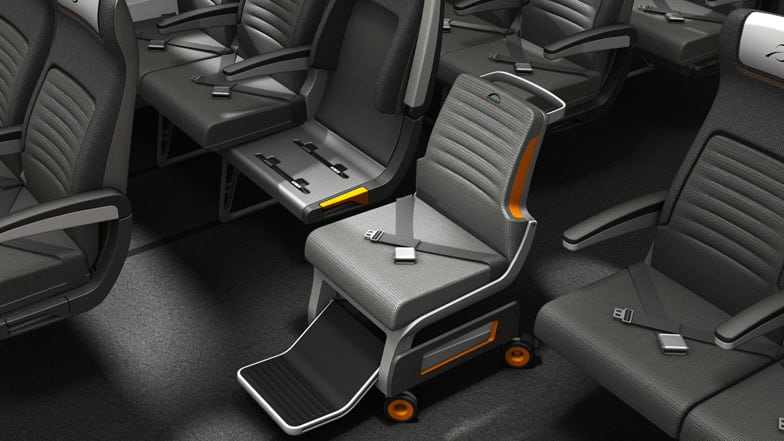Skift Take
Safety regulations and the limited space available on aircraft make it challenging for airlines to improve at the same rate as airports in accommodating passengers with disabilities. But if some airlines have done it, so can others.
The Open Doors Organization (ODO) has released its 2015 Market Study of the air travel experience for U.S. adult travelers with disabilities, finding airlines and airports have improved their accommodations for passengers with disabilities, though obstacles are still significant.
“This new data shows that the disability travel market has a greater impact than ever on the industry and the broader economy,” says ODO Director Eric Lipp. “In the past two years alone, more than 26 million adults with disabilities traveled for pleasure and/or business, taking 73 million trips. The study also shines a light on factors still holding back the market. Twenty-five years after the signing of the Americans with Disabilities Act, many barriers to access still remain in air travel, hotels and restaurants, although these have decreased significantly since the previous study in 2005.”
The 53-page report released by ODO, which covers all travel sectors from restaurants and hospitality to air and cruise lines, finds that 72% of persons with disabilities who travelled by air encountered major obstacles with airlines (down from 84% in 2005), while 65% encountered obstacles at airports (down from 82% in 2005).
The report also reveals that travelers with disabilities spend $17.3 billion a year for their own travel, with their overall economic impact doubling to $34.6 billion when the contributions from traveling companions are considered.
“When we carried out our first nationwide study in 2002, the goal was to wake up the travel industry to the importance of this mostly underserved market segment and give them hard numbers on which to base investment decisions,” says Lipp. “Now 13 years later, our economic impact is no longer a secret, especially in air travel. At large airports like Miami and Minneapolis St. Paul, airlines now must provide more than 1 million wheelchair assists per year. And as the Baby Boomers continue to age, you can be sure our market will keep growing for years to come.”
Novel design concepts which would help airlines better serve the needs of passengers with restricted mobility and passengers with disabilities, including the Air Access seat design by Priestmangoode which would help passengers with restricted mobility board aircraft, have yet to make it onboard an aircraft.
Promise of Progress
Using Universal Design principles to accommodate passengers with disabilities and passengers with restricted mobility is a priority for many industry designers, and even some airlines.
The in-flight entertainment sector, now an essential component of the passenger experience for the majority of passengers, is researching solutions to address the needs of sensory-impaired passengers, including descriptive video and accessible interfaces.
Japan Airlines has long-ago established a Universal Design policy to ensure its passengers are accommodated both at the airport and in the air, and makes Universal Design a requirement of new products introduced to its cabins.
Emirates and Air Canada have implemented two of the most advanced in-flight entertainment (IFE) closed-captioning programs in the skies, and both Delta and JetBlue have included close-captioned programming in their IFE. Alaska Airlines has also introduced multi-lingual closed-captioning on its IFE tablets.
The Daily Newsletter
Our daily coverage of the global travel industry. Written by editors and analysts from across Skift’s brands.
Have a confidential tip for Skift? Get in touch
Tags: accessibility, paxex
Photo credit: The Air Access seat concept by Priestmangoode combines aircraft seating with wheelchair access, making it easier for passengers with restricted mobility to board aircraft. Priestmangoode
